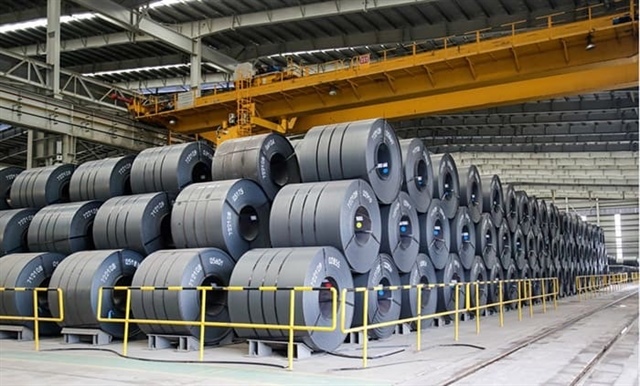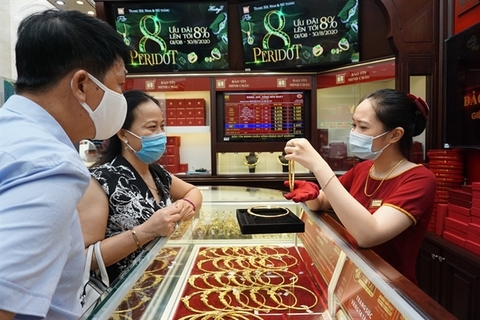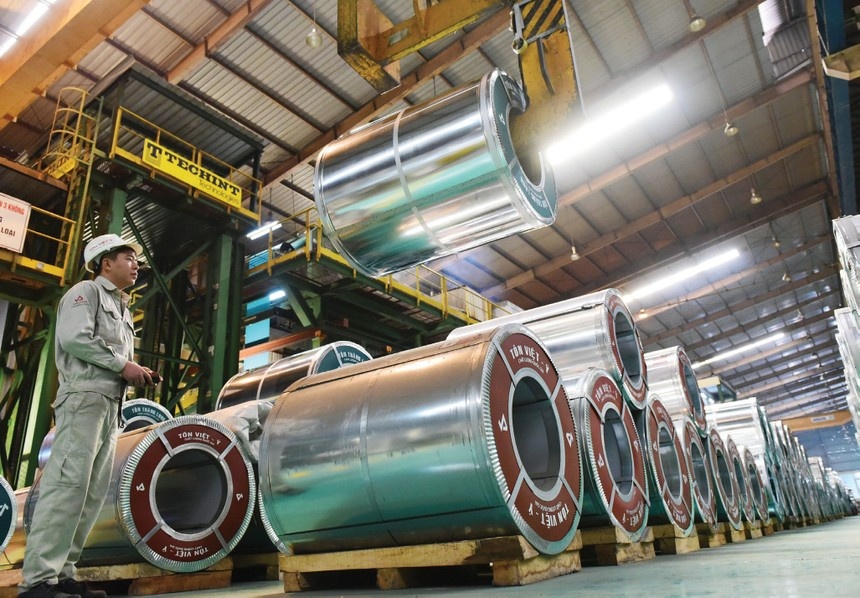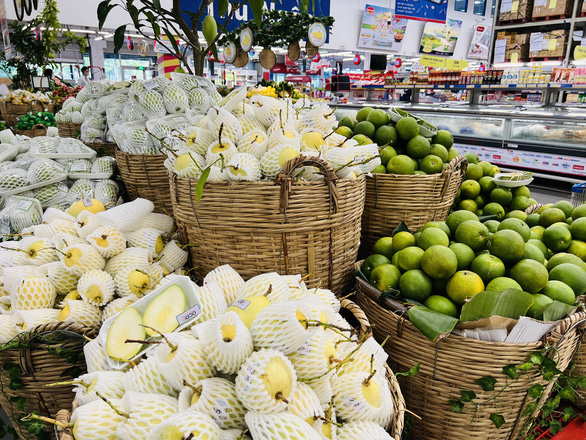Vietnam imports 1,000 metric tons of gold in 1991-2012
Vietnam imports 1,000 metric tons of gold in 1991-2012
Vietnam imported nearly 1,000 metric tons of gold from 1991 to 2012, of which 800 metric tons was consumed in Ho Chi Minh City, the Saigon Jewelry Association (SJA) said at a conference on Tuesday afternoon, citing information from the World Gold Council in Vietnam.
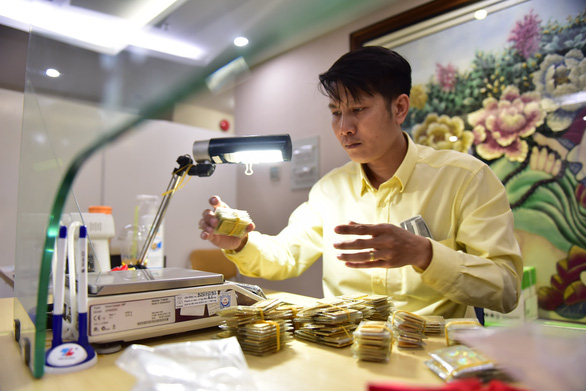
At the conference, which was held to celebrate the 30th anniversary of the SJA, speakers noted that statistics after 2012 are unavailable due to a prohibition imposed by the State Bank of Vietnam on the import of 9999 gold since May 2012 in order to prevent a trade deficit and high inflation.
From 1991 to 2021, the country produced and consumed nearly 50 metric tons of golden jewelry products per year.
Ho Chi Minh City consumed 80 percent, or 40 metric tons, of that volume.
Vietnam has exported nearly US$20-30 million worth of gold per year over the past few years, primarily to Asian and European markets, including Germany, Denmark, and France.
Vietnam’s penetration into the U.S. gold market has been relatively minimal, with Vietnamese gold being used chiefly for outsourcing, re-export, or hand-carried imports in very small volumes.
Ho Chi Minh City jewelry companies produce about 11 million pieces of jewelry per year using nearly 40 metric tons of gold.
Of that total, some 2.4 million pieces are exported to Europe each year. These products are mainly produced by companies with advanced technological equipment, highly skilled labor, and strong financial backing.
Current bans on the import of gold make the production and trade of gold, silver, and gemstones difficult for Vietnamese jewelry manufacturers.
Local gold prices do not align with global rates and are typically inflated compared to the value placed on the precious metal by international investors, producers, and traders.
Domestic gold prices sometimes fluctuate on a daily basis, with each tael of 9999 gold in Vietnam typically anywhere between VND200,000 ($4.5) and VND7 million ($296) more expensive than global prices.
Furthermore, after two years of the COVID-19 pandemic, weak purchasing power has forced many gold traders and goldsmiths to abandon the industry, leaving mainly well-established enterprises.
Meanwhile, small enterprises have faced several challenges, including a severe shortage of skilled and experienced goldsmiths.





